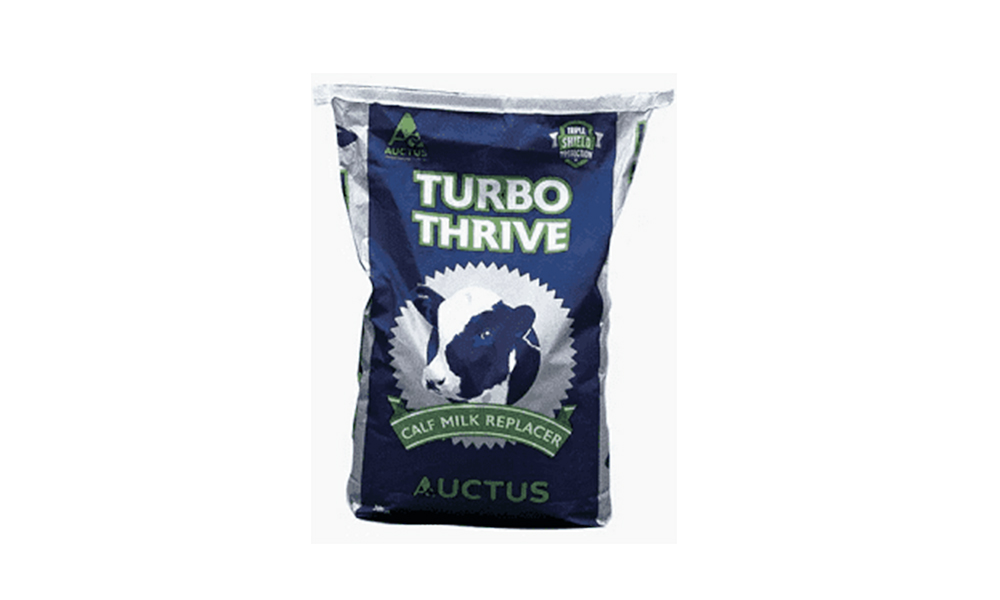
Cold weather for calving
As we move into calving season over the next few weeks, it is important that we consider our approach to milk replacer. The weather for the foreseeable looks set to remain cold and unsettled, with wintry showers forecast for some parts of the country over the coming week. Calves born in these conditions start off life at a disadvantage.
Young calves do not do well in cold weather. In fact, those that are exposed to extremely cold and wet conditions, such as we are experiencing at the moment, are likely to contract pneumonia. Moreover, cold conditions burn through a calf’s energy reserves quickly, preventing the animal from growing at a normal rate.
Feeding is key
Therefore, we should use whatever means available to us to ensure that young calves are well cared for and given every possible advantage. In the first instance, this means ensuring that your calves have enough milk in their bellies. This may not be an issue for suckler calves, but for animals raised on milk replacer it is a key concern.
Generally speaking, the colder it gets, the more milk replacer we should use. Teagasc, for instance, recommends that calves’ daily milk intake increases by 2% for every degree the temperature dips below 10 Celsius. For example, on days like today, when the temperature is sitting at a chilly 4 Celsius, calves should get 6% more replacer than they would on a mild day.
Skim Powder
Milk replacers are split between skim powders and whey powders. Skim powders are composed primarily of casein, with a comparatively small amount of whey proteins. The ratio here is about 4:1. Arguably the biggest advantage of skim is its digestibility, though it is important to note that not all skim powders have equal merit. You should look for those with the highest skim content, which should be approximately 60%.
It is very important that skim replacers are not treated at very high heats, as this can have a negative impact on digestibility, leading to negative health impacts for calves.
Whey Powder
Many farmers now prefer whey-based milk replacer over skim. The powders used in these replacers are a by-product of cheese manufacturing.
There are many advantages to using whey-based replacers. Most notable among these is the fact that whey replacers contain higher levels of first limiting amino acids than skim powders do. At the same time, calf weight gain from whey products bears favourable comparison to skim.
It is important to note, however, that whey products, like skim products, do not respond well to high temperatures. High heat treatment will make whey products less readily digestible.
Choosing a replacer: the crucial things to know
Choosing the right milk replacer for your calves is crucial. Weight gain during the first 12 weeks of life is essential, and studies indicate that calves that double their weight during the first 3 months of life tend to excel thereafter.
Therefore, you should give careful consideration to the milk replacer you use this year. In particular, you should pay attention to the protein content of powders and look for reviews on a product before purchasing. Very often, other farmers will be happy to share their experiences of a particular replacer. Those that have received broadly favourable reviews should be top of your shopping list.
In addition to this, you should recognise that calves at different ages have different nutritional needs. Always read the ingredients and instructions on the product carefully. During its first three weeks of life, there are some ingredients that your calf will not be able to digest. Therefore, make sure that you know the age category that the product is intended for and purchase accordingly.











